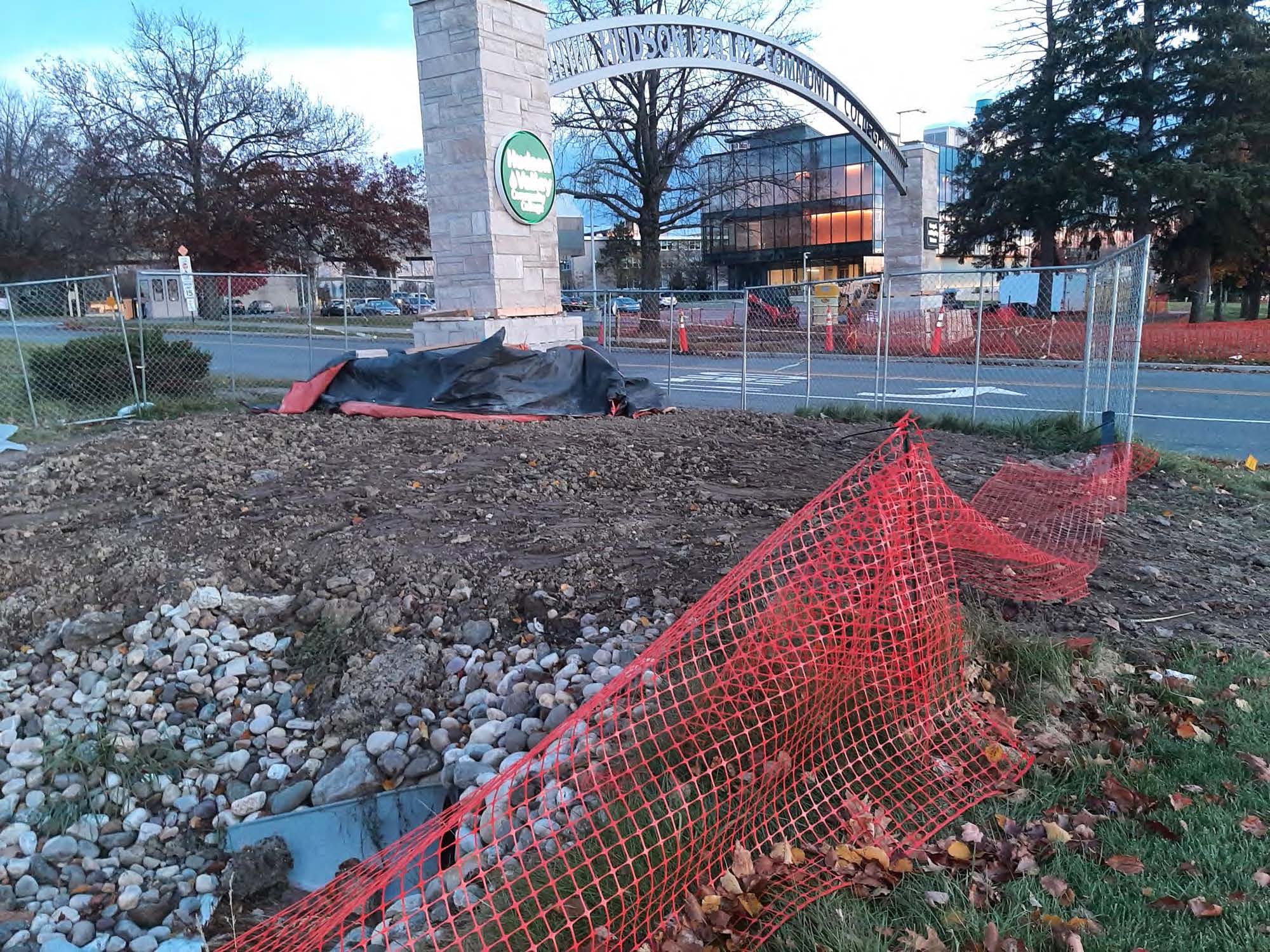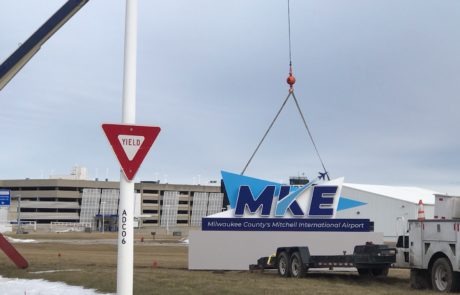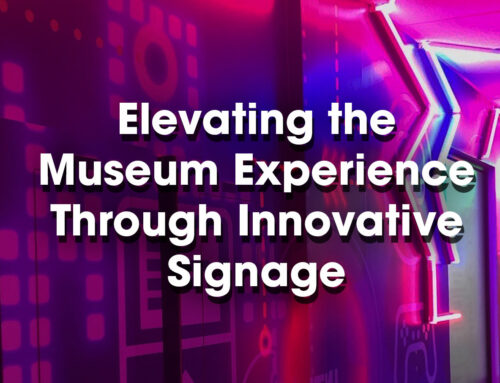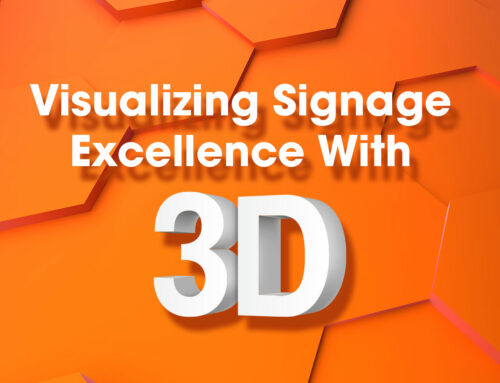The IDS Shift from Design-Build to Turn-Key Project Management
In project management and construction, the transition to integrating design and fabrication has been an industry trend in the last decade. This methodology often takes two forms: Design-Build and the new movement to turn-key. While they share close similarities, there are significant differences between them in scope, process, and outcomes.
In this article, we compare Design-Build and the evolution towards turn-key, providing insights into the turn-key process, and explore why IDS has transitioned from Design-Build to turn-key as a core approach.
Design-Build: The Integration of Design and Fabrication
First, let’s talk about Design-Build. This approach involves all the dealings of a project’s design stage and fabrication.
The Design-Build process involves seamlessly integrating fabrication efficiencies into the design process. A single entity working alone or with a design advisor (including client in-house design teams, brand agencies, architects, and construction managers) manages the entire design and fabrication process. The give and take between budget and design vision happens early in the process, so the final fabrication fulfills the client’s intent.

ID Signsystems established Design-Build methodologies early in our history including creating tools for dimensional design visualization, documentation development, and expansive project management. Some of our leading projects including the Milwaukee International Airport (working with their in-house team), Alfred University, and Syracuse University Wayfinding Program (With EDR), embraced Design-Build methodologies.
Turn-key: The Evolution from Project to Ongoing Relationship
Design-Build is a major advance, but as IDS evolved, our client relationships expanded into multiple expansive projects as well as more sophisticated project issues. This required evolution to a methodology that embraced both complete project management to a strategy that embraced ongoing approvals, expansion, and maintenance.

The turn-key method represents a leap forward. It’s not just about design and construction; but also entails strategy, construction management, and site control.
Most important, it creates a much stronger communication link with the client, ensuring a seamless handoff.
The turn-key approach involves early planning during initial budgeting including surveys of existing conditions and exploration of site and management considerations. This ensures the client knows as many issues as possible.
It also establishes a communication process that carries through design development, fabrication, and finally installation. A strong communication structure allows for better site management and control. This involves focused attention to detail, like ensuring everything complies with the rules and regulations, overseeing the construction activities, implementing site safety measures, putting up construction fences, controlling traffic patterns in work zones, and providing documentation to the client.
The Turn-key approach offers a more efficient and controlled experience by streamlining the process and consolidating responsibilities. It’s a one-stop shop for seeing a sign project through from start to finish and establishing communication for ongoing and future expansion and maintenance.
While Design-Build and Turn-key are similar they have very different expectations and responsibilities from the client.
In Design-Build, the client commissions the design-builder to create and construct the project, with the client providing a design brief. The client is responsible if they change their mind on design intent or locations, requiring change orders and altered timelines.

Turn-key projects, however, involve a higher level of client involvement, where the client has greater control and influence over decision-making throughout the project.
The turn-key approach emphasizes comprehensive project management, strategy, budgeting concerns, establishing clear timelines, and delivering a complete solution. The client sees issues needed for successful completion in real time and can participate. It also allows the client to learn how to execute projects successfully, taking that information into future projects.
Using the turn-key approach, IDS is poised to deliver comprehensive, client-focused solutions, from design to fabrication to construction, with complete site project management.
Will every project and every client at IDS warrant a turn-key process? No, assuredly not. We’ll always have clients who hire us with specific design intent and budget in mind.
But for organizations needing a partner to collaborate and simplify the process, IDS is the go-to partner with a turn-key project management system designed to ensure a smooth experience and exceptional sign quality.
Featured Projects
Take a glimpse at some of our projects where turn-key project management coupled with a comprehensive signage solution was instrumental to the project’s success.
Village of Owego in Owego, NY – COMING SOON
When you’re ready to start your next sign project, contact ID Signsystems.
Let’s Talk About Your Project


























